Mobile clinics are changing the way healthcare is delivered, especially in remote and underserved areas. This article explores their impact, success stories, and the future of healthcare on wheels.
Imagine living in a place where the nearest hospital is hours away, and getting there means navigating rough terrain or dealing with unreliable transportation. For many people in rural and remote areas, this is a daily reality. Mobile clinics, also known as healthcare on wheels, are stepping in to fill this gap. These specially equipped vehicles bring medical services directly to communities that need them most.
Mobile clinics have been around for decades, but their importance has grown as healthcare disparities have become more apparent. According to the World Health Organization, nearly half of the world's population lacks access to essential health services. In rural areas, the situation is even worse due to geographical barriers, poverty, and a shortage of healthcare professionals. World Health Organization - Universal Health Coverage
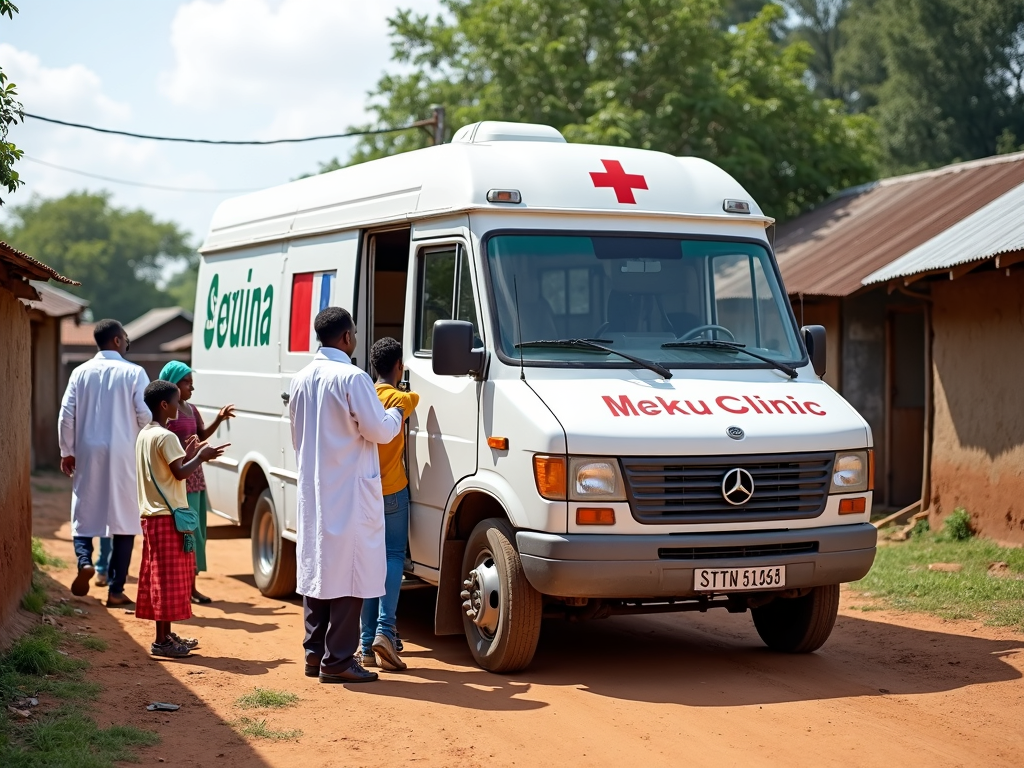
In many remote areas, accessing healthcare is not just inconvenient—it's often impossible. People may have to travel long distances, sometimes on foot, to reach the nearest clinic or hospital. This is especially challenging for the elderly, pregnant women, and those with chronic illnesses.
Moreover, rural healthcare facilities are often understaffed and lack the resources to provide comprehensive care. This leads to delayed diagnoses, untreated conditions, and higher mortality rates. A study by the National Rural Health Association highlights these challenges, emphasizing the need for innovative solutions. National Rural Health Association - Rural Health Disparities
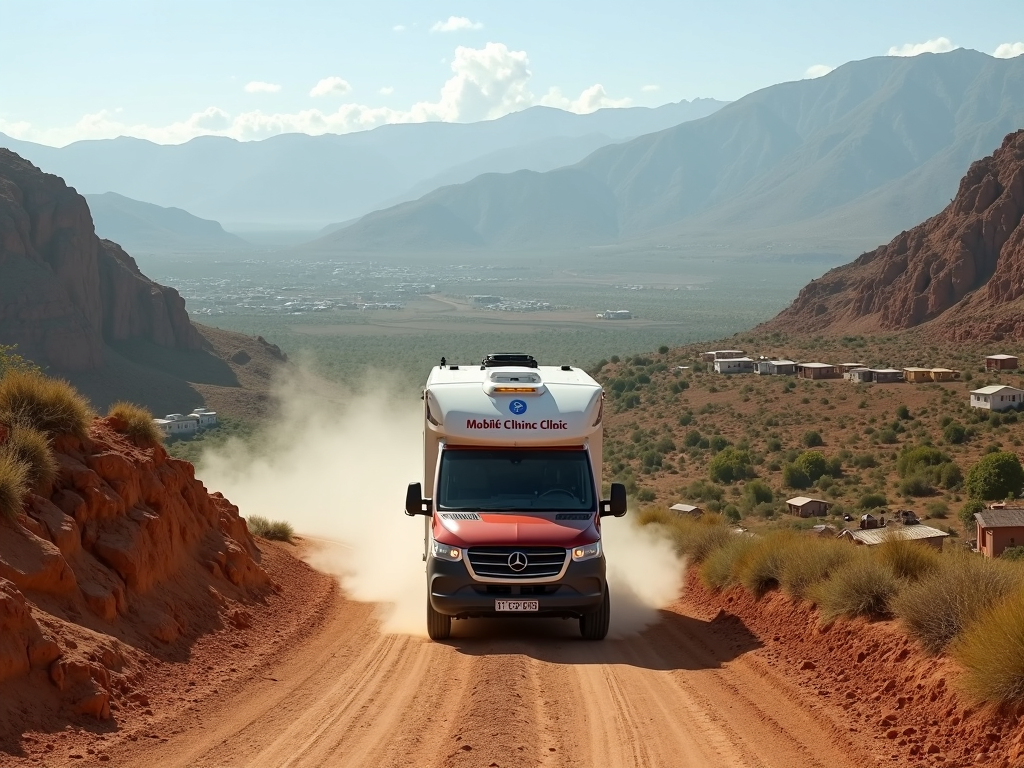
Mobile clinics are designed to overcome these barriers by bringing healthcare directly to the people. They are equipped with medical equipment such as examination tables, diagnostic tools, and sometimes even laboratory facilities. Staffed by doctors, nurses, and other healthcare professionals, these clinics can provide a wide range of services, from routine check-ups and vaccinations to chronic disease management and health education.
One of the key advantages of mobile clinics is their flexibility. They can be deployed to different locations based on need, whether it's a rural village, an urban underserved neighborhood, or a disaster-stricken area. Additionally, many mobile clinics use technology like telemedicine to connect patients with specialists who may be hundreds of miles away.
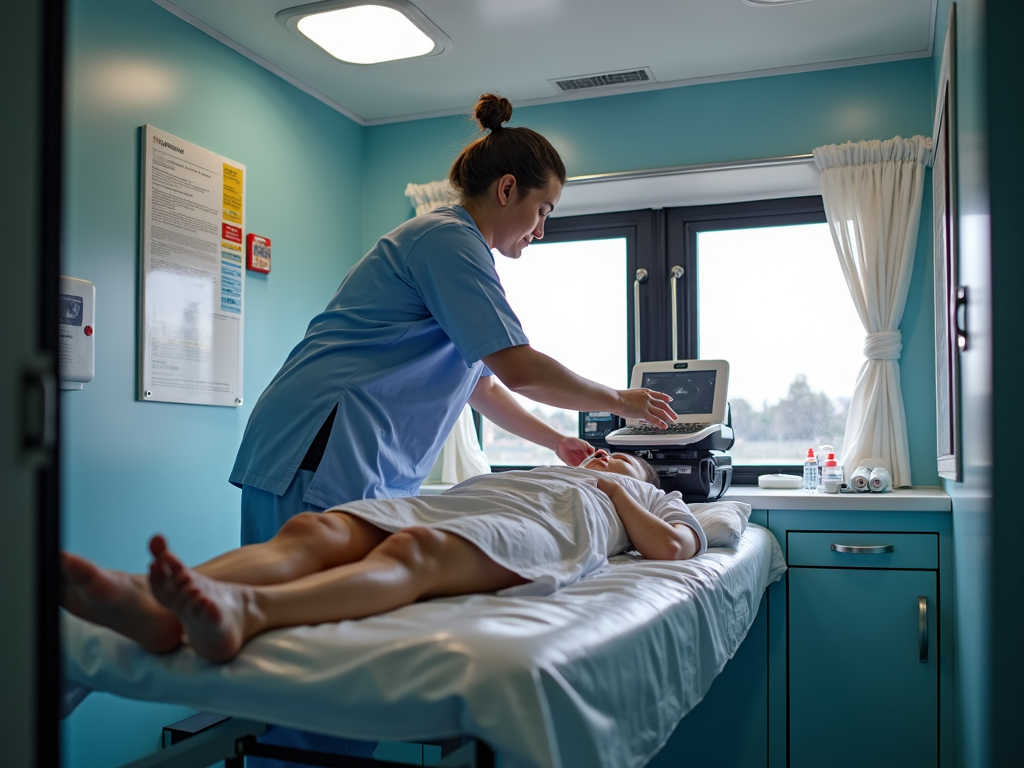
The impact of mobile clinics can be seen in numerous success stories around the world. For example, the Family Van in Boston has been serving underserved communities since 1992. By providing free health screenings, education, and referrals, they have helped reduce emergency room visits and improve health outcomes for thousands of people. The Family Van
Another notable initiative is the Mobile Health Map, a project that collects data from mobile clinics across the United States. Their research shows that mobile clinics are cost-effective and can significantly improve access to care, especially for vulnerable populations. Mobile Health Map
During the COVID-19 pandemic, mobile clinics played a crucial role in providing testing and vaccination services in hard-to-reach communities. Organizations like Remote Area Medical (RAM) deployed mobile units to deliver care in areas with limited healthcare infrastructure, demonstrating the adaptability and importance of these services. Remote Area Medical

As technology advances, the future of mobile clinics looks even more promising. Innovations such as artificial intelligence for diagnostics, drone delivery of medical supplies, and solar-powered clinics are on the horizon. For instance, AI-powered diagnostic tools can help healthcare workers make faster and more accurate decisions, while drones can ensure that essential medications reach remote areas quickly.
Additionally, portable lab-on-a-chip devices are being developed, which can perform complex tests on-site, reducing the need for patients to travel to distant laboratories. Blockchain technology is also being explored for secure and efficient management of medical records in mobile settings.
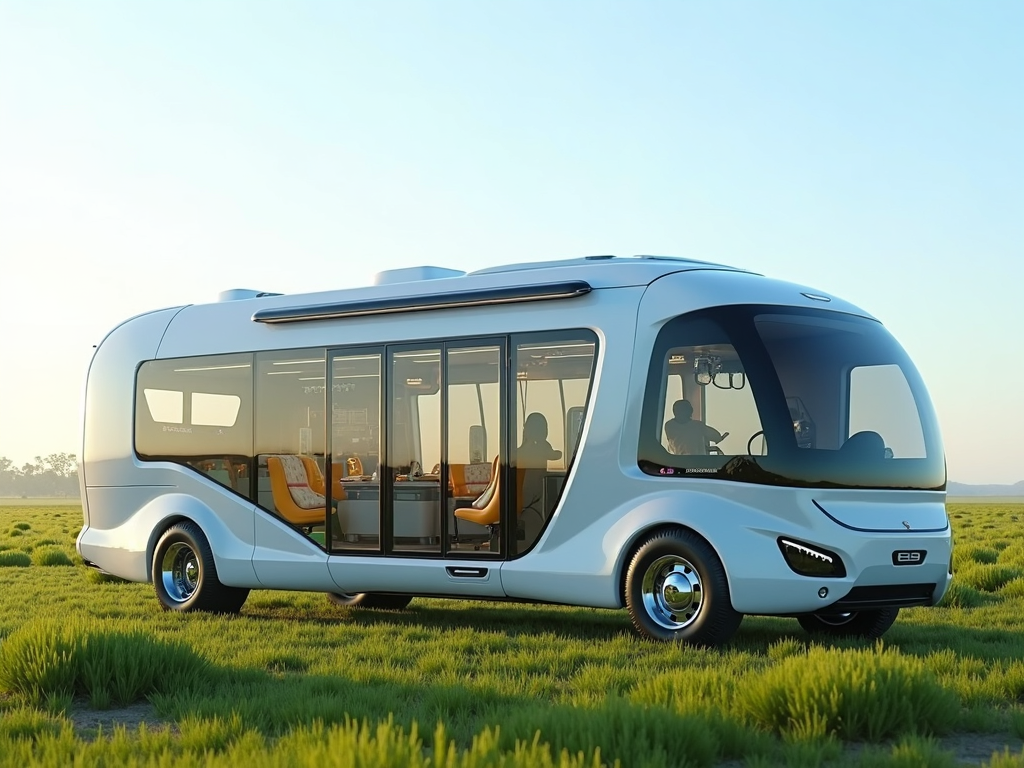
Despite their many benefits, mobile clinics face several challenges. Funding is often a major issue, as operating and maintaining these clinics can be expensive. Staffing can also be difficult, especially in areas where healthcare professionals are already in short supply. Additionally, navigating regulatory requirements and ensuring compliance with healthcare standards can be complex.
To address these challenges, various solutions are being explored. Public-private partnerships can provide the necessary funding and resources. Volunteer programs can help with staffing, and advocacy efforts can lead to more supportive policies and regulations. By working together, stakeholders can ensure that mobile clinics continue to thrive and expand their reach.
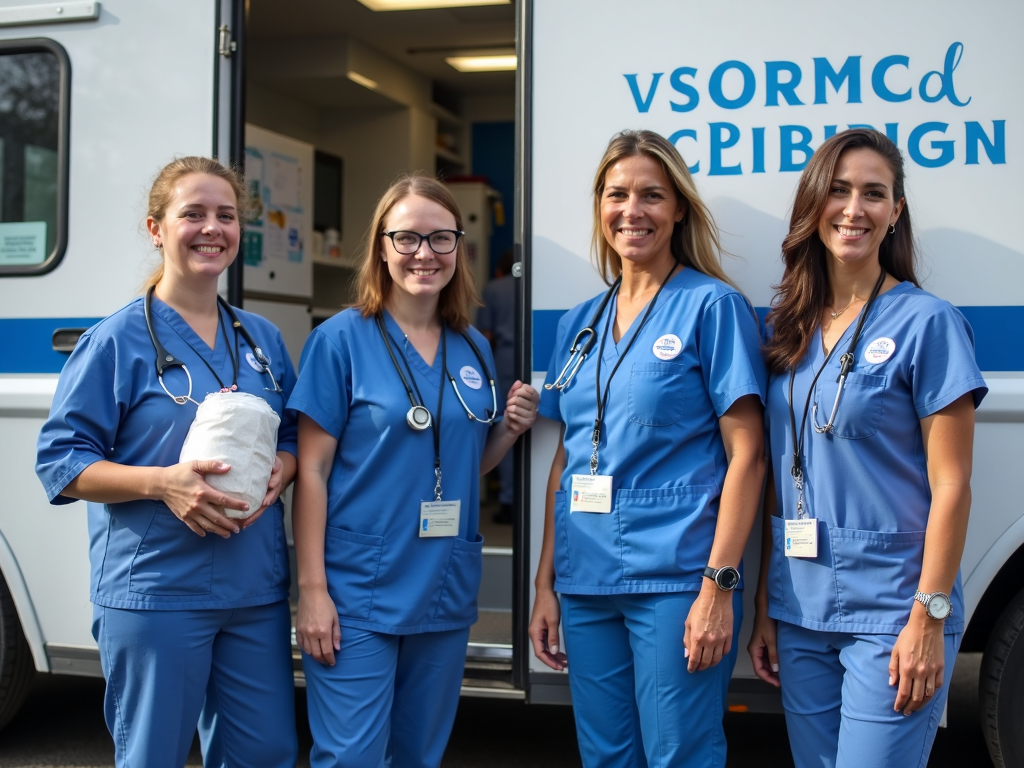
Mobile clinics are more than just a temporary solution to healthcare access issues—they are a glimpse into the future of healthcare delivery. By bringing care directly to those who need it most, they are breaking down barriers and saving lives. As technology and innovation continue to advance, the potential for mobile clinics is limitless. It's up to us to support and advocate for these vital services, ensuring that everyone, no matter where they live, has access to quality healthcare.
Discuss Here